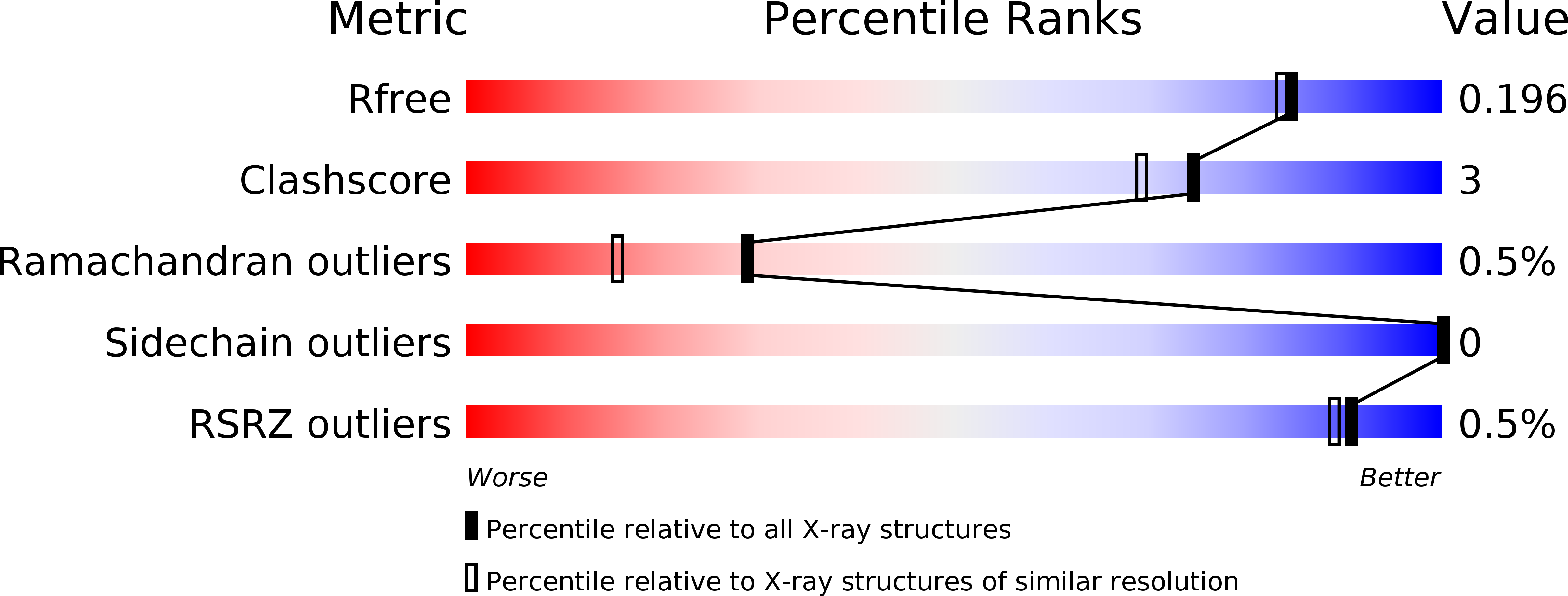
Deposition Date
2011-07-08
Release Date
2011-11-02
Last Version Date
2024-11-20
Entry Detail
PDB ID:
3ST1
Keywords:
Title:
Crystal structure of Necrosis and Ethylene inducing Protein 2 from the causal agent of cocoa's Witches Broom disease
Biological Source:
Source Organism:
Moniliophthora perniciosa (Taxon ID: 153609)
Host Organism:
Method Details:
Experimental Method:
Resolution:
1.80 Å
R-Value Free:
0.19
R-Value Work:
0.13
R-Value Observed:
0.14
Space Group:
C 1 2 1


